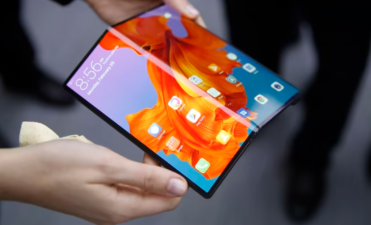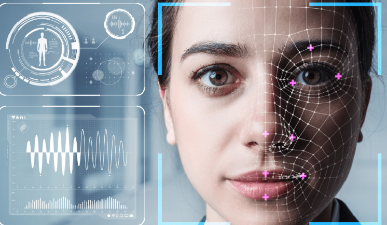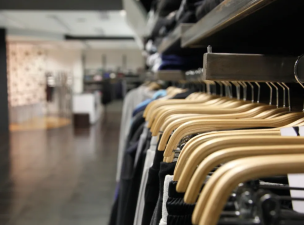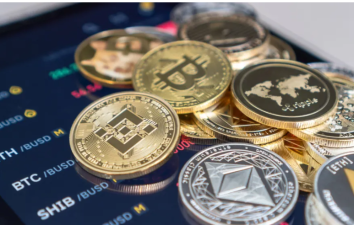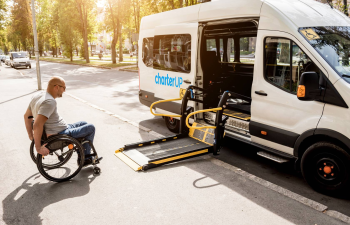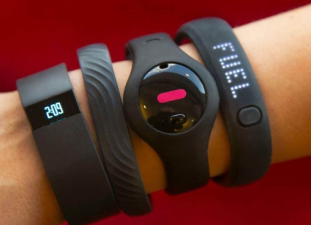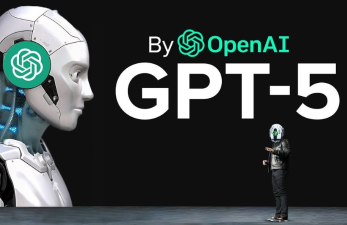Have you ever had the feeling that someone is watching you? Yet when you turn around, you see nothing.
Have you ever had the feeling that someone is watching you? Yet when you turn around, you see nothing.
You may not even realize that there are many things that are sensing you every day. They are everywhere, hiding in your TV, refrigerator, car and office. They know more about you than you think, and they can even spread this information on the Internet.
Back in 2007, it was hard to imagine the revolution in useful applications and services that smartphones bring today. But we have also paid the price of privacy violations and loss.
Computer scientists who study data management and privacy have found that as Internet connectivity expands to devices in homes, offices and cities, personal privacy is more at risk than ever.
Your smart appliances, smart cars and smart homes make your life easier by performing automated tasks: turning lights on and off when you enter and leave a room, reminding you that the tomatoes in the refrigerator are about to go bad, and setting the temperature of the house according to the weather and the preferences of everyone in the family.
To work their magic, they need the Internet to ask for help and connect data. Without internet access, your smart air conditioner can collect data about you without knowing what the weather forecast is and without having enough power to process all that information to decide what to do.
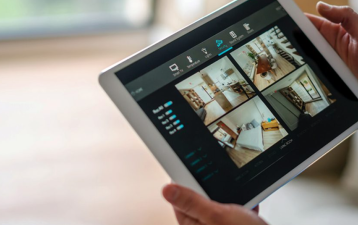
But it’s not just things in your home that can communicate over the internet. Workplaces, malls and cities are also becoming smarter, and there are similar needs for smart devices in these places.
In fact, the Internet of Things (IoT) is already widely used in transportation and logistics, agriculture and farming, and industrial automation. In 2018, there were about 22 billion connected devices in use worldwide, and this number is expected to exceed 50 billion by 2030. What do they know about you?
Smart devices collect a lot of data about their users. Smart security cameras and smart assistants, and finally the cameras and microphones in your home, collect video and audio information about your presence and activities.
In less obvious places, smart TVs use cameras and microphones to monitor users, smart light bulbs track your sleep and heart rate, and smart vacuum cleaners recognize objects in your home and map every inch of it.
Sometimes this surveillance is marketed as a feature. For example, some WiFi routers can collect information about the user's location in the home and even coordinate with other smart devices to sense motion.
Manufacturers often promise that only automated decision-making systems can see your data, not humans. But this is not always the case. For example, Amazon employees listen to some conversations with Alexa, transcribe and annotate them, and then feed them into automated decision-making systems.
However, even if personal data is restricted to automated decision-making systems, the consequences of information leakage cannot be completely prevented. Any private data shared on the Internet may be vulnerable to hackers anywhere in the world, and few consumer connected devices are very secure.
Know your weaknesses
For devices such as smart speakers or cameras, users can occasionally turn them off to protect privacy. However, disconnecting devices from the Internet will also severely limit their functions and uses.
When you are in the workplace, shopping malls or smart cities, you don't have this option, so even if you don't have smart devices, your personal information may be vulnerable.
Therefore, as a user, it is important to make an informed decision about the trade-off between privacy and convenience when purchasing, installing and using connected devices.
It's not easy. For example, research shows that users of smart home personal assistants do not fully understand what data the devices collect, where the data is stored, and who can access it.
Governments around the world have introduced privacy laws to give people more control over their data.
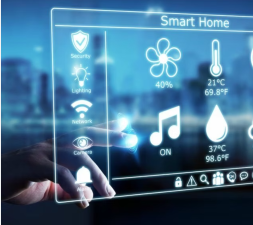
So, for example, you can submit a data subject access request to an organization that collects your data from an internet-connected device. These organizations are required to respond to these requests within a month, explaining what data is collected, how it is used within the organization, and whether it is shared with any third parties.
Regulatory supervision is an important step, however, it may take some time for their enforcement to catch up with the growing number of internet-connected devices. In the meantime, there are things you can do to take advantage of some of the benefits of the internet without giving away too much personal data.
If you own a smart device, you can take steps to protect it and minimize the risks to your privacy.
The Federal Trade Commission has provided advice on how to protect users' internet-connected devices. Two key steps are to regularly update the device's firmware and review its settings to disable any data collection that is not related to what you want the device to do; secondly, the Online Trust Alliance provides consumers with additional tips and checklists to ensure the safe and private use of consumer internet-connected devices.
If you are on the fence about buying a connected device, find out what data it captures and how the manufacturer's data management policy works from independent sources.
Last but not least, you can pause and reflect on whether you really need all your devices to be smart. For example, are you willing to reveal your information in order to be able to verbally command your coffee machine to make you coffee?


